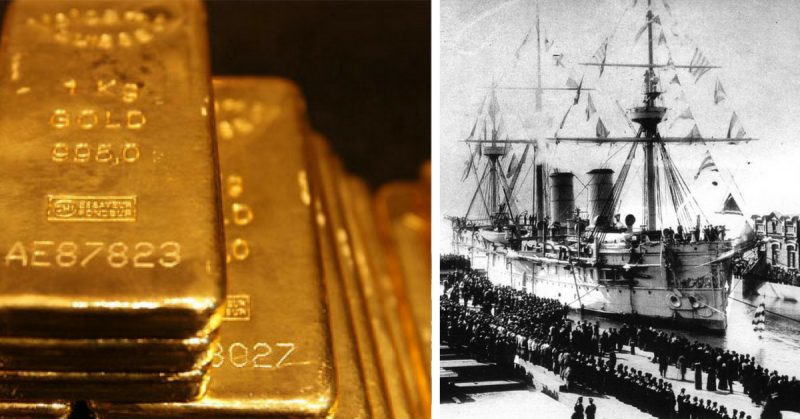The Russian warship Dimitrii Donskoi was sunk 113 years ago to keep it out of Japanese hands after the battle of Tsushima during the Russo-Japanese war. It was scuttled off the island of Ulleungdo in 1905 and believed to have been carrying such precious cargo as the entirety of the gold supplies of the Second Pacific Squadron, which in today’s dollars would be worth well over $133 Billion.
This year, a South Korean salvage team discovered the wreck, and since the discovery, a Russian campaign group has demanded that the fortune is returned to the Russians as a gesture of goodwill.
Leading the charge is Yaroslav Livanskiy, an official representing the Russian Public Movement to Commemorate Those Who Died Defending the Motherland, and the leader of a salvage group in eastern Russia. He states that the cruiser is absolutely priceless to Russia.
It’s an invaluable relic, and a symbol of their heroic and tragic past, and also a significant part of Russian military history. Therefore, he continues, whatever was discovered on the cruiser would be inseparable in terms of the overall value of the find.
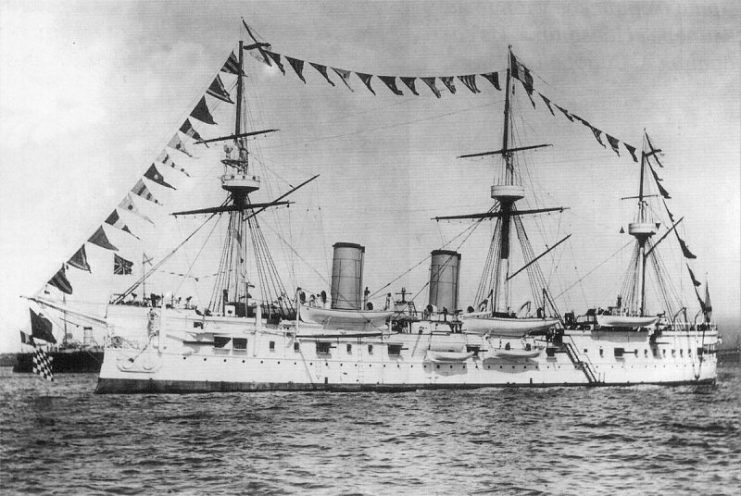
The salvage firm Shinil Group has been searching for the wreck for years and located it finally at a depth of 1,400 feet (or 434 meters) approximately a mile off the Ulleungdo coast. Teams involved came to the conclusion that the wreckage was likely the Donskoi because of the sail plan, which appeared identical to the gold-bearing ship.
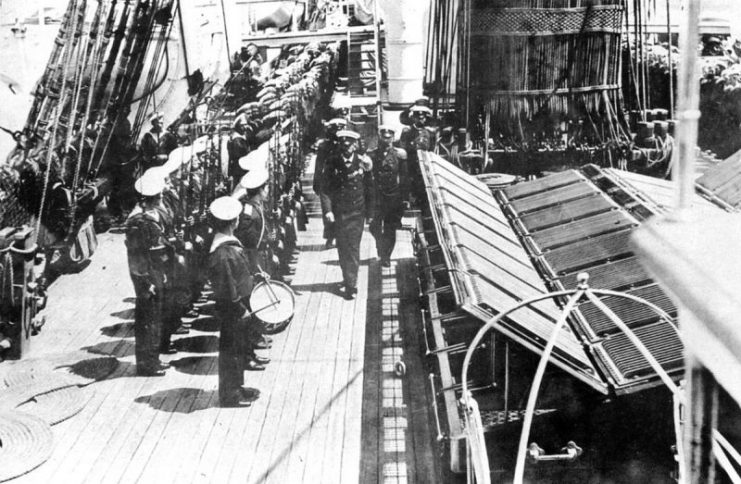
It had three sails and two chimney stacks and relied on both wind and coal power for mobility. The second exploration of the wreck discovered the ship’s name written in Cyrillic across its stern.
The ship is evidently in poor condition along the hull, which has partially split, even as the upper wooden sections remain largely intact. Along the side of the hull, the armor is well preserved and the cannons, anchor, machine guns and steering wheel haven’t moved.
The ship’s hold contained a large number of iron boxes, which may hold the gold, but the divers could not open them and therefore could not be certain. Working with companies from China, Canada, and the United Kingdom, there are operations underway to raise the wreck. Furthermore, development plans would also include the erection and establishment of a museum dedicated to the ship.
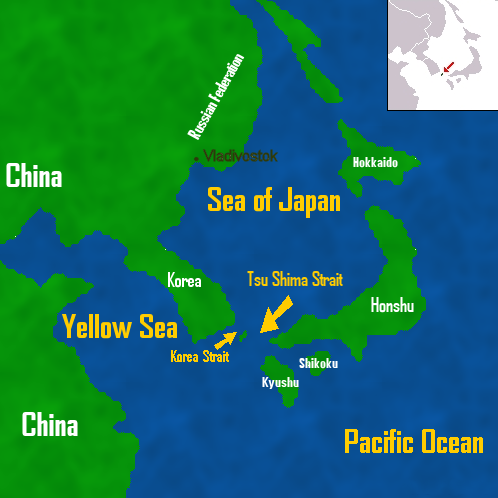
The Shinil Group said they believe that as much as 200 tons of gold could be on board the ship, and should their speculations prove correct, they have indicated that they will pledge ten percent of their find to the development of Ulleungdo, which today is largely uninhabited but serves as an important South Korean tourist destination.
They have since recanted claims on estimates of the value of the find stating that no gold has been located at this time. This followed an investigation into the firm sparked by an enormous increase in their stock value after publishing their discovery of the wreck. Their stock has since dropped significantly.
If the find does bear any fruit, ten percent of the proceeds would go to Russia as the owner of the wreck, and it would henceforth be used on projects as wide and varied as a railway connecting Russia and South Korea that would run through North Korea.
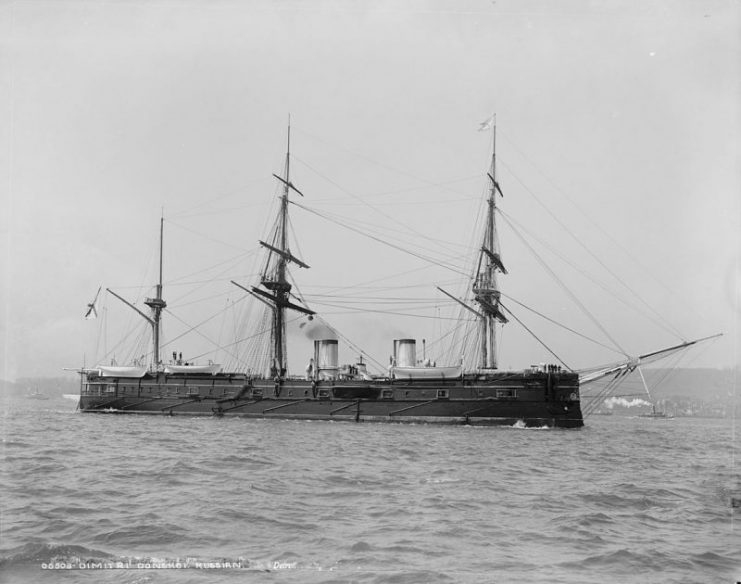
Launched in 1883, the Donskoi spent most of its service in the Mediterranean before being ultimately deployed to Russia’s Second Pacific Squadron in 1904 following the destruction of Russia’s Far Eastern forces by Imperial Japan.
It was tasked primarily with the defense of transport vessels in the rear of the convoy when it was intercepted and overwhelmed by the Japanese fleet in May 1905. This altercation became known as the Battle of Tsushima and culminated in a total loss of 21 of 38 ships and 4,500 sailors killed, while the Japanese lost three ships and 117 men.
https://www.youtube.com/watch?v=efD0x2Qd6Q0
The Donskoi escaped the battle and limped for the Russian port of Vladivostok, but before it arrived there safely, it was intercepted by the Japanese.
Read more stories like this – Sunken Treasure: The battle over the Spanish Galleon San Jose
They opened fire, killing sixty crew members and wounding one hundred and twenty more, including Captain Ivan Lebedev, who ordered the ship to remain off of Ulleungdo and took his men to the island. The crew surrendered and scuttled the ship, and later the captain died of his wounds.
